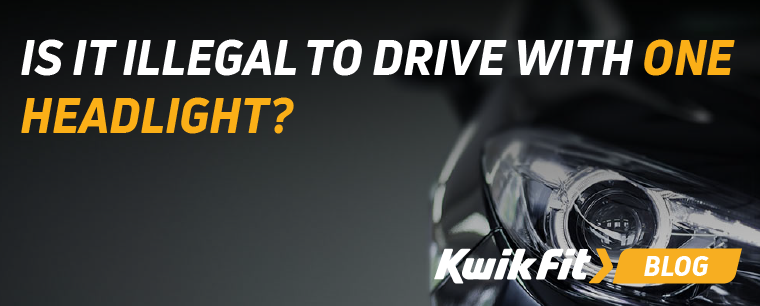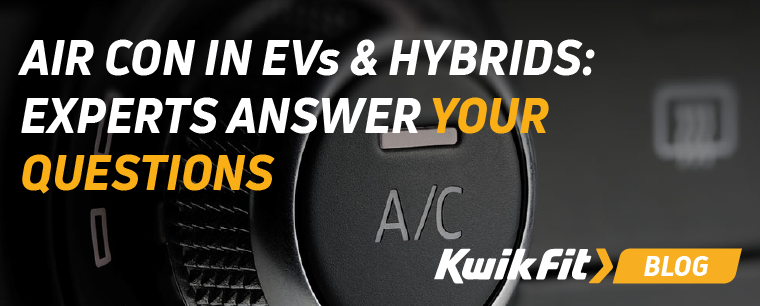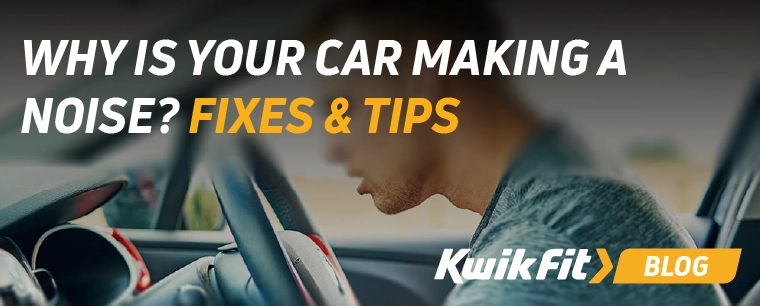Itís All in the Timing - Timing Belts & Repairs Explained
Kwik Fit | Friday 25th July 2014 4:00pm

Your timing belt is one of the most crucial parts of your engine, ensuring your crank and camshaft turn in unison, allowing air and fuel in and expelling exhaust gases at exactly the right times. In essence, the timing belt is responsible for engine harmony.
Why is the timing belt so important?
Think of it like the cox in the Oxford Cambridge boat race Ė the cox is responsible for keeping time and making sure the team rows in unison. The rowers might be doing all the work but without the cox they would lose rhythm and, as a result, the race.
The cox is essential, just like the timing belt in your car. Without a correctly fitted timing belt, chaos reigns under the bonnet. Not only will your engine not operate properly, but the pistons and valves would begin to collide hundreds of times a minute, smashing into one another and causing irreparable damage to the engine.
How does the timing belt work?
The timing belt is made of rubber and works to turn the camshaft pulley at the same time as the crankshaft pulley. This is crucial because if these two arenít in sync, the valve timing gets thrown off, leading to bent valves and pistons and, ultimately, engine failure.
It regulates the water pump and power steering, too. Essentially, itís a vital component that your car canít function without.
What happens when your timing belt breaks?
If your timing belt breaks fully, youíll know about it! As mentioned earlier, it equates to engine failure, so your car will fail to run.
Fortunately, there are plenty of warning signs in the lead-up to a complete failure that you can spot and remedy.
For example, if you notice a squeaking or rattling sound, your timing belt could be the suspect.
Timing belt maintenance & repair
Unfortunately, your timing belt is one of those car parts that wonít last forever. And while a timing belt change might seem expensive, the consequences of not replacing your timing belt as per your manufacturerís recommendation could be far more costly.
Most manufacturers recommend changing the timing belt every 60-100,000 miles but you should also have your belt checked annually to ensure it is in good condition and to avoid any nasty surprises.
Regular servicing is also vital for ensuring your timing belt is working as it should and your vehicle is performing at its best.
Timing belt services at Kwik Fit
At Kwik Fit, we understand the importance of your timing belt and the damage that can be caused if this goes wrong, which is why we only allow specially trained staff to work on the engine of your car. We take training very seriously and our staff must first complete the relevant advanced skills course at one of our technical training centres, even if they have previous experience from outside of the company. This assures us that our team has the relevant skills, gives them greater confidence to carry out advanced mechanical maintenance and, most importantly, gives our customers complete peace of mind that their vehicle is in safe hands.
Our timing belt course is one of the more advanced programmes combining classroom based learning with hands-on practical sessions. The course is spread out over four days and forms part of the traineeís full Automotive Technician Accreditation (ATA). Throughout the week, trainees work on 11 engine rigs in our specially set up workshop. The rigs represent some of the most common vehicles owned in Britain and while 11 doesnít sound like a vast number, in reality many of the engines found in our cars are very similar, if not identical. For example, the Peugeot HDi engine can be found in many Peugeot, Ford, Volvo and Citroen models. Each rig costs up to £14,500 and is essentially a working engine that has been removed from the vehicle allowing the trainees 360 degree access to the engine to help them to see and understand how every single component works. Only when the trainees have completed a timing belt change on all 11 rigs are they allowed to move on to real vehicles in the training centre. Of course, mistakes are occasionally made, but this is the place to do it and itís all part of the learning process - these technicians nearly always end up being the most technically competent Ė keen to learn from their mistakes.
We carry out over 179,000 hours of staff training every year at our technical training centres, thatís the equivalent of one week of training for every single member of in-centre staff.
So if you are concerned that your timing belt needs changing soon, call into any Kwik Fit centre. Our master technicians will be able to advise on any maintenance that needs attention now or in the near future. Find out.
Any facts, figures and prices shown in our blog articles are correct at time of publication.
Featured Articles
Is it Illegal to Drive With One Headlight?
Saturday 19th July 2025
Wondering if itís illegal to drive with one headlight? Learn about the safety risks and penalties of illegal blown bulbs and why you should fix them promptly.
Air Con in EVs & Hybrids: Experts Answer Your Questions
Monday 30th June 2025
Does air con drain EV batteries? Can you use the air con while charging an electric car? Find out the answers to these questions & more from Kwik Fitís experts.
Why Is Your Car Making a Noise? Fixes & Tips
Friday 13th June 2025
When your car starts making unexpected noises, it can certainly be quite disconcerting; it may be nothing to worry about, but hereís what you need to know.









